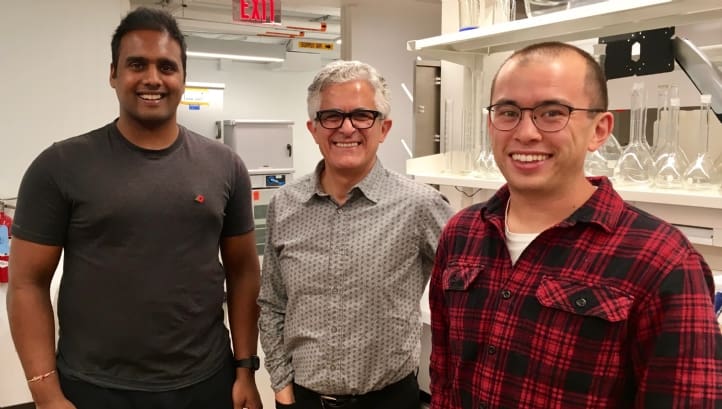A team at Yale University has modelled five RO desalination processes to understand what energy savings can be attained by changing process design.
The paper, “Can batch or semi-batch processes save energy in reverse osmosis desalination?”, follows on from a paper by Yale professor Menachem Elimelech published by Elsevier Science in 2011, which suggested that energy savings from improving membrane technology had plateaued for conventional, one-stage seawater RO.
“Energy consumption in seawater RO over time has reduced from about 16kWh/m3 in the 1970s to 2kWh/m3 today. It’s now within a factor of two of the theoretical minimum, which is about 1.1kWh/m3 for a certain set of assumptions. A lot of plants today are 2.5kWh/m3 to 3.5kWh/m3. We wanted to build on professor Elimelech’s paper by taking a rigorous look at process design. The processes we modelled might not be the cheapest solutions, but if you did it, what would the energy needs be?” says Jay Werber, co-first author.
An MIT paper based on a similar idea, “Energy efficiency of batch and semi-batch reverse osmosis desalination”, was published in Water Research journal in September 2016.
Werber and Akshay Deshmukh, co-first author of the Yale paper, modelled five RO processes: one-stage, two-stage, ideal batch, batch, and semi-batch. One-stage and semi-batch are commercially run RO processes; semi-batch being the closed circuit desalination system offered by Desalitech. Ideal batch refers to a hypothetical fully pressurised batch RO process, and batch uses energy recover devices and an upressurised recycle tank.
“We plotted the amount of energy in kWh per m3 of desalinated water produced, against the recover ratio for each process. As expected, the best performing process was ideal batch, which had the lowest energy consumption. Conventional one-stage RO had the highest energy consumption for a recovery ratio of 50 per cent. We compared the processes and showed that you can save energy by using batch and semi-batch, or processes with increased staging, but the flip-side is that in some cases it increases capital costs on equipment or pumps. Batch and semi-batch are more complicated than the processes run commercially at the moment, but could offer advantages in terms of process robustness,” says Deshmukh.
The study considered the effect of pressure loss within membrane elements and piping, and found the batch or semi-batch processes, those approaching the theoretical minimum of 1.1 KwH/m3, are “particularly hammered by any pressure losses in the pipes and the valves. It makes quite a dramatic effect due to the need to recycle so much volume”, says Werber. For example, at a circulatory pressure loss of 0.1 bar, the two-stage process uses more energy that the ideal batch process; but at a pressure loss of 0.5 bar, two-stage RO is more efficient than ideal batch RO.
However, the authors conceded that in the field, cost considerations tend to overshadow the benefits of an energy efficient system. “We were trying to show, if you were to build these plants, what the energy consumption would be,” Werber says. The paper discusses cost and other considerations following the energy analysis.
“Can batch or semi-batch processes save energy in reverse osmosis desalination?” by Jay Werber, Akshay Deshmukh, and Menachem Elimelech, Yale University, will be published in Desalination in January 2017.
